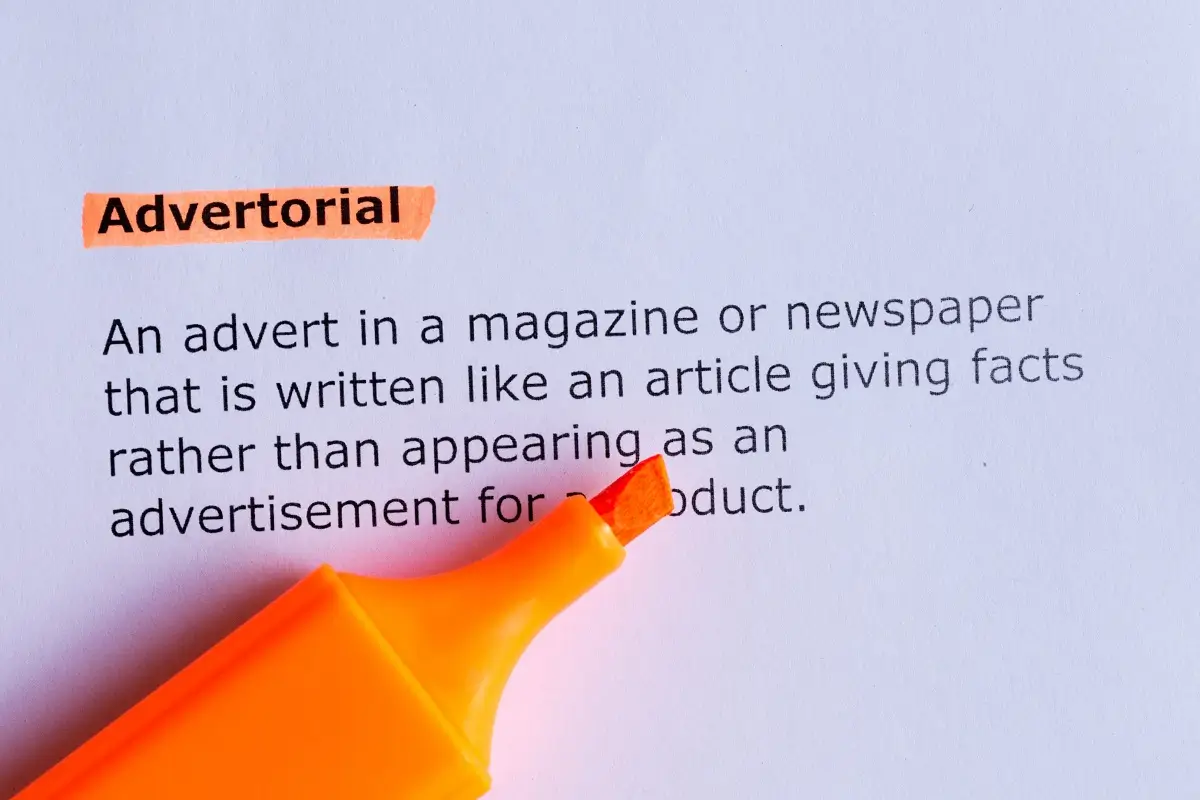Comb the Internet for the future of the press release and you’ll think it’s fading in the manner of some ancient craft tool, like the typewriter.
And, I wouldn’t blame you.
If you’re an entrepreneur or running a medium-sized company, you’d probably be better advised to consider data mining or business intelligence software tools to advertise your brand and reach prospects.
Penning a press release and submitting it to your local newspaper seems less relevant as commerce takes on an increasingly global character.
Over the past decade or so, the press release has been retooled into a range of other genres that aren’t reliant on a third party: sustainability reports, client newsletters and blogs, among others.
Self-promotion has seemingly never been easier.
But large-scale corporations, government agencies and influential non-profits still rely on the time-honoured press release format to announce newsworthy information (or information at least considered ostensibly newsworthy).
The press release is also an indispensible instrument for companies operating in emerging markets where classic media outlets, such as TV, radio and print, still rule supreme.
If you’re a communications manager in a large-scale enterprise, here are some tips on getting the most mileage when drafting a press release, and dispensing it to your media contacts:
- Pack the release with new info
This should be a no-brainer. But often companies want to remind the public and other stakeholders of something that’s been publicized already. For example, while I worked as a reporter, I often received press releases announcing that the construction of a production facility has started as planned. Or that an equity purchase has been completed. Odds are, influential news media organisations, such as Reuters and Association Press, have covered it beforehand and are less likely to give you broadcast space without some new bits. If you want coverage you might have to throw in something extra, such as new investment plans or revenue and profit forecasts. - Tone down the PR
If you’re a household name and media outlets report your quarterly earnings, there’s no need to open up with ornate self-promotion. The media know you’re an important brand and active in the community. Besides, journalists are busy – many juggle several industries and beats at once – so better get to the point and bait the reporter with the subject line alone. If your contact is not familiar with your company, as sometimes happens with newbies and summer interns, organize a meet-and-greet event. You never know which new face will eventually be assigned a subject area that includes trailing your company. And it’s in your interest to start off the relationship on the right foot. - Back it up with figures
Always support your news with some sort of an indicator. Indicators can include existing figures, a past condition or a forecast. All would be optimal. This enables media to put your news item into a broader context. Otherwise, the story might be brushed off as too weak to run. If you feel pressured to release a piece of information considered sensitive or untimely, give a rough estimate. For example, you may be uncertain about the ROI on your latest expansion to an EU market, but a projected per cent will do. This way you will protect your company from a potentially damaging ripple effect, but still give readers a concrete idea of the direction your company is heading in. - Consider the timing of the release
If you’re announcing something big, such as a new product line, it will probably be given red-carpet treatment regardless of your timing. In other words, any hot news item will land on the upper crust of the outlet’s section hierarchy. The afternoon deadline, as an ironclad concept in the news print world, has more or less evaporated – articles are published as soon as they’re written, often in real time. On the other hand, if your story is expected to grab less attention, it might be best to contact reporters early Monday morning (late Saturday if you’re contacting newspapers with no Sunday edition). Monday mornings tend to suffer the post-weekend hangover syndrome and usually take time to gain traction. Think about it: How often does anything shake things up over the weekend?
- Dust it with quotes
A story without quotes reads like a stiff report written by a robot. Unless it’s intercepted with a dab of colour, readers will quickly turn away. But quotes can prevent that from happening by lending a human touch. Perhaps more importantly, quotes are a great way to bolster legitimacy of your press release. Let’s say a journalist can’t make it to a news conference and has only the release to drain data from for the article. Or you have decided to forego the conference and distribute the release only instead. Or, the subject matter experts (SMEs) are not in a position to grant individual interviews. Either way, a release containing the voice of an SME sanctions the information in the document, and gives reporters colorful details to weave into their story.
- Always leave them wanting more
A good press release is always a cliffhanger. That is, the narrative has enough oxygen to grow into a larger trend story or an analysis. One way of accomplishing this is by connecting your news to a larger trend in the industry, or the economy. For instance, if your product or service has gone up in price, link it to a broader economic context affecting other enterprises. Don’t be surprised if reporters follow up weeks or months later to expand on your initial news item. Although larger follow-up stories often give voice to other companies, perhaps even your competitors, they also provide an opportunity for you to influence public opinion on issues that have a direct effect on your company.








